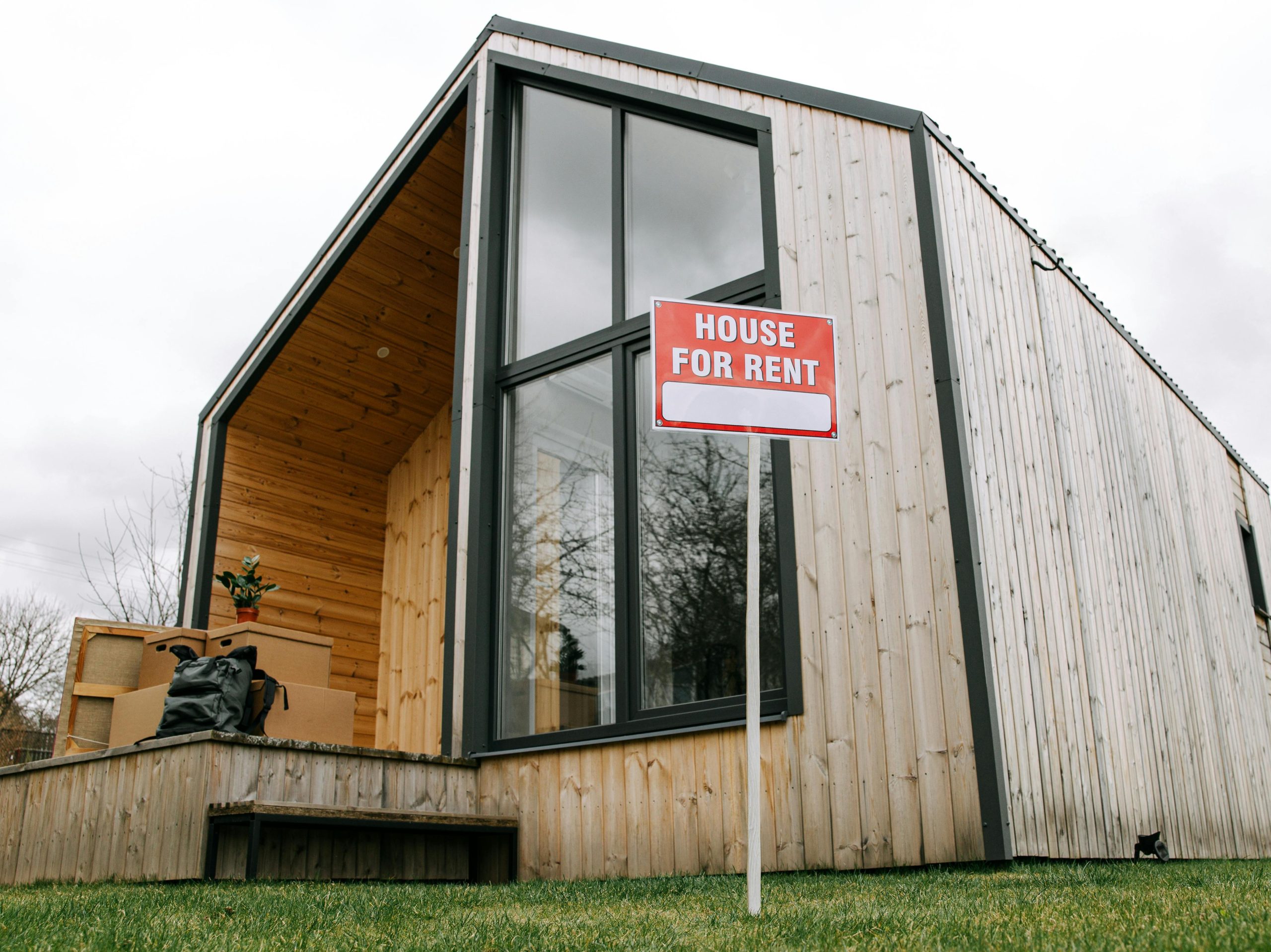The Property Appraisal and Taxation Process
Published:
The property appraisal process is similar from state to state; however, reassessment timeframes can vary. Some states reassess property every year, some states reassess even numbered homes one year and odd numbers the next, and other states reassess property every four years.
Real property is assessed using one of three standard methods: the Cost Approach, the Sales Comparison Approach, and the Income Approach.
The tax assessor determines a property’s Fair Market Value (FMV) using one of the above methods, and then applies a factor to determine the Tax Assessed Value (TAV). The factor is typically 80%-90% of the fair market value. The TAV is further reduced by allowable exemptions, which can vary by locality and may include the following:
- Homestead (typically the largest exemption)
- Limited Income Senior Exemption (for persons age 65 or older)
- Widows/Widowers
- Disability
- Veterans (and widows of veterans)
- Veterans with Combat-Related Disabilities
- Blind Disability
- Total and Permanently Disabled Veterans/Service Connected Disability
- Quadriplegics Disability
- Hemiplegics, Legally Blind, Totally and Permanently Disabled Wheelchair-Bound
- Non-Profit
- Granny Flats
- Agricultural
Note that any permanent improvements to the property after initial assessment will be added to the FMV and TAV ? this includes swimming pools, decks, porches, basement finishing, utility buildings, and garages.
Any damage to your property due to fire, flood, wind, or other natural disasters, can reduce its FMV and TAV ? which, in turn, will reduce your property taxes (provided that the property is reassessed).
Once your property’s TAV is established, property taxes are levied by the taxing district based on an established millage rate for each $1,000 of assessed value.
For Example: A piece of property with a TAV of $150,000 is subject to a millage rate of 14.7728. The property tax would be $2,215.92 because ($150,000 ÷ $1,000) × 14.7728 = $2,215.92.
‘Ad Valorem’ taxes are not determined by the Property Appraisers Office, but by the local taxing authorities and levied on real property owners. ‘Non-Ad Valorem’ taxes are issued by the Board of County Commissioners for fee-based services, such as waste disposal, clean water, special road projects, and more.
In some states, property taxes are paid in ‘arrears,’ meaning that homeowners are billed at the end of the year for services provided during the previous year. When real property is sold, the new homeowner is expected to pay a prorated portion of the property taxes for the period of the calendar year that he/she will have ownership.
You may appeal the assessed value of your real property, but note that if your appeal is denied, you typically cannot appeal again for another year.



